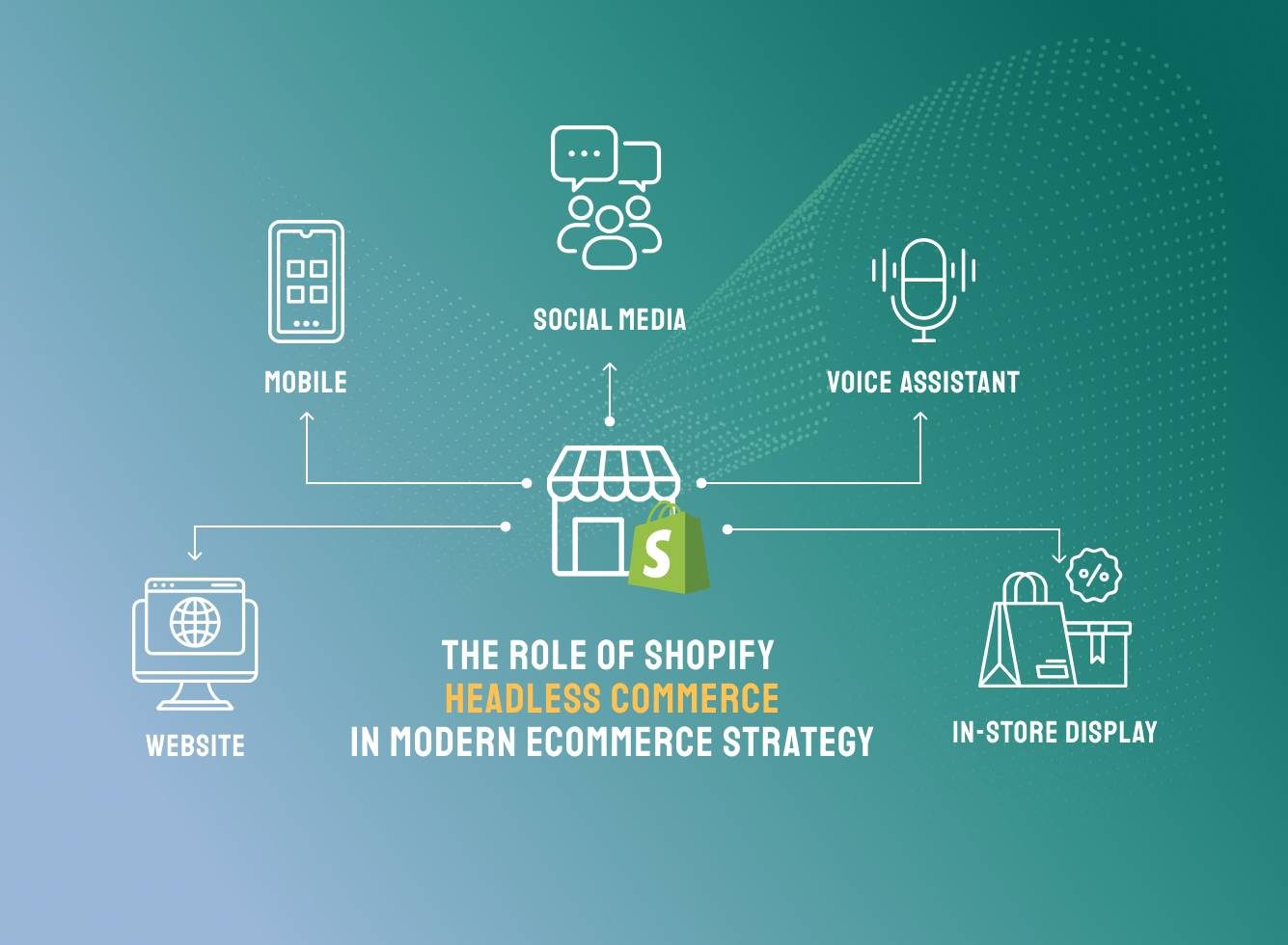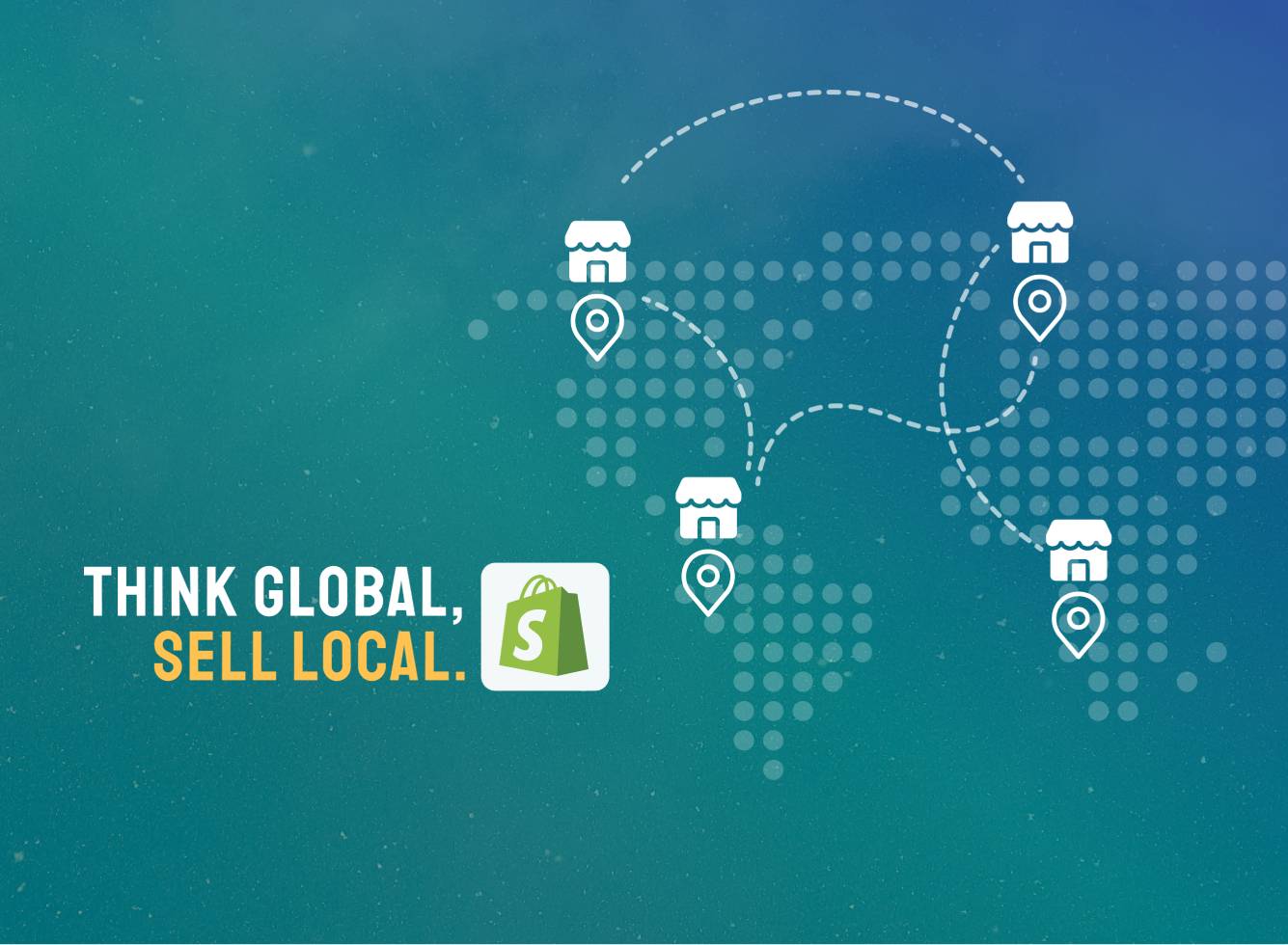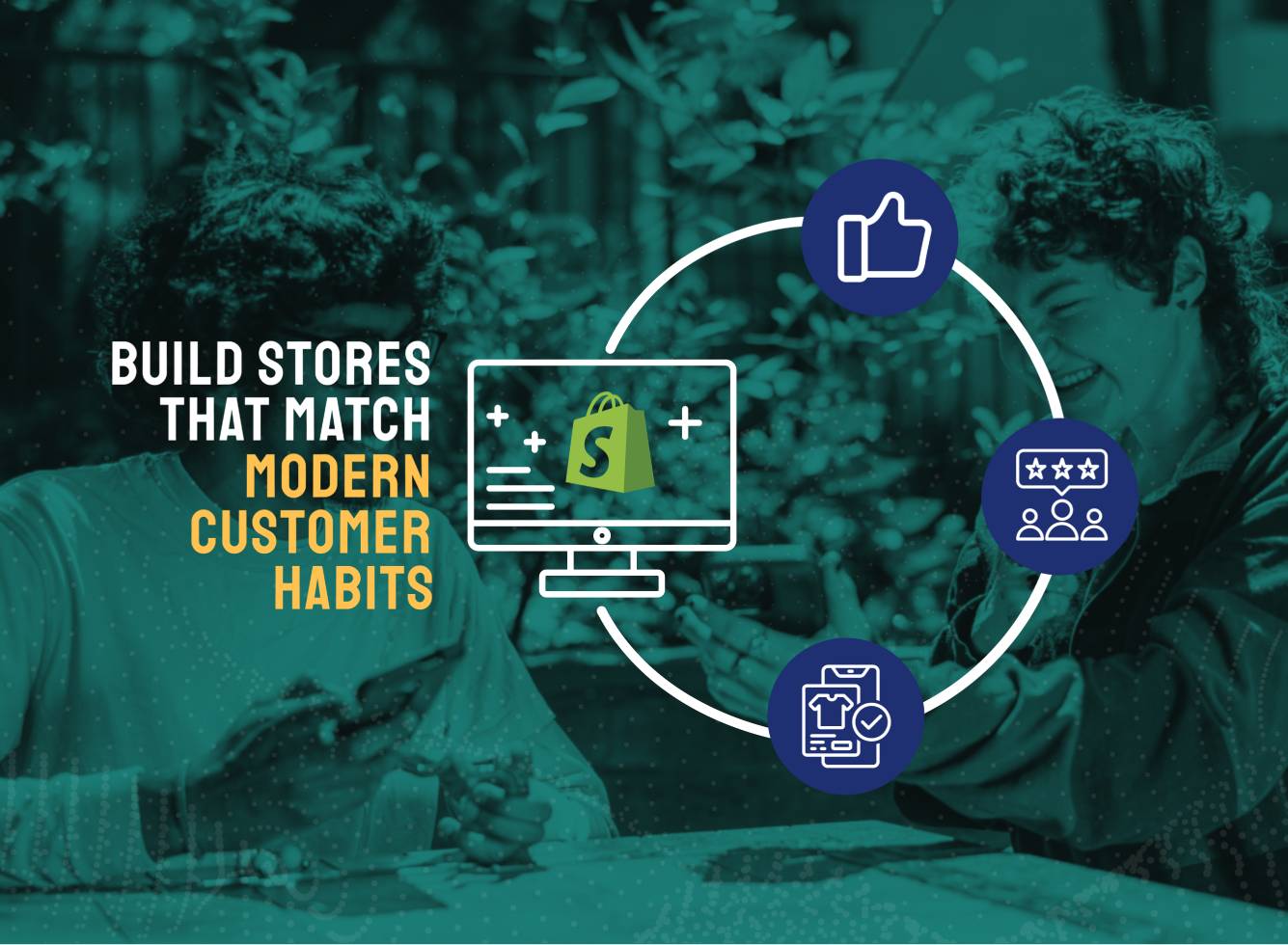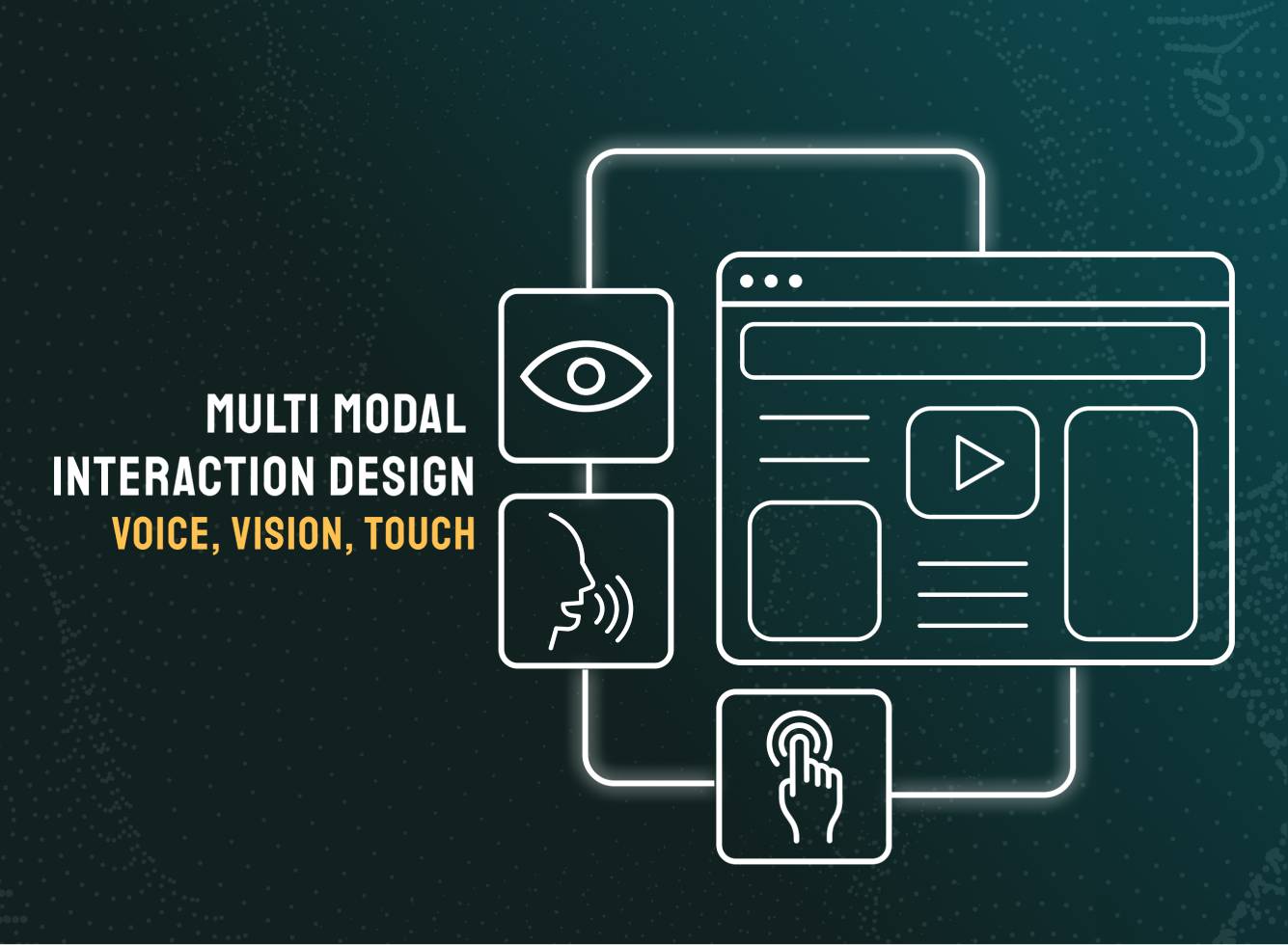The Role of Shopify Headless Commerce in Modern Ecommerce Strategy

E-commerce has entered a new phase. No longer defined only by websites and online carts, digital commerce now stretches across mobile apps, social channels, voice assistants, and even in-store experiences. For business leaders, this shift brings both opportunity and pressure: how can a brand deliver consistently across so many touchpoints without being held back by technical limitations?
This is where Shopify headless commerce enters the discussion. Once considered a developer’s subject, headless commerce is now firmly a boardroom consideration. It offers flexibility, creative freedom, and growth potential - without requiring non-technical leaders to learn the mechanics behind it.
What is Headless Commerce?
In a traditional Shopify setup, the frontend (the storefront customers see) and the backend (where products, orders, and payments are managed) are tightly linked. This works well initially but can create challenges as a business grows. Design changes are slower, creative options are limited, and testing new ideas can feel risky.
Headless commerce separates the two. Shopify continues to manage the operational core – products, payments, inventory, and security – while the customer-facing experience becomes fully customisable. This is often built with modern frameworks like React, Next.js, or Shopify Hydrogen. The ‘engine’ remains dependable, but the ‘bodywork’ can be designed to fit any vision.
For business leaders, the key takeaway is this: a headless structure allows customer experiences to evolve rapidly without disrupting the commerce engine beneath. This means brands can adapt faster, launch new ideas more confidently, and innovate without compromising stability.
Why Businesses are Moving Towards Headless
Shopify remains one of the strongest backends in global e-commerce, trusted by businesses for stability and scale. Yet its out-of-the-box themes and templates can start to limit ambitious brands. Companies seeking distinctive design, international reach, or faster site performance often find the traditional model restrictive.
By adopting headless commerce, Shopify shifts from a templated storefront to a commerce engine that powers immersive, branded digital experiences. The result is not just cosmetic; it has direct business impact.
- Performance across devices – Faster, smoother browsing reduces drop-offs and boosts conversions.
- Distinct branding – Creative freedom ensures digital identity reflects the brand, not a pre-set theme.
- Custom journeys – Personalised experiences tailored to geography, language, or customer segment.
- Multi-store flexibility – Easier management of multiple storefronts, regions, or campaigns from one backend.
- Channel expansion – Ability to connect with customers on emerging platforms, from voice shopping to in-store screens.
These advantages explain why headless commerce is increasingly seen as a growth enabler, not just a technology choice.
Strategic Value for Business Leaders
The benefits of headless commerce go beyond technical improvements. They map directly to the priorities most leaders care about:
- Brand control – Greater ability to differentiate in saturated markets through unique digital experiences.
- Agility – Faster speed to market for product launches, seasonal campaigns, or promotional microsites.
- Global readiness – Simplified rollout of multi-currency, multi-language, or region-specific storefronts.
- Growth and retention – Optimised site performance supports stronger SEO rankings, higher conversion rates, and customer loyalty.
- Future-proofing – Infrastructure that adapts to emerging channels ensures the business stays competitive.
For leadership teams, these are not abstract technical wins – they are strategic outcomes tied to revenue, customer experience, and long-term resilience.
Key Factors to Consider Before Adopting Headless
Headless commerce is not essential for every business, but it becomes highly valuable when growth ambitions exceed what standard Shopify themes can support. Common signs that your organisation may be ready include:
- Ongoing challenges with site speed or performance.
- A requirement to localise experiences across multiple markets.
- The need for creative freedom to deliver distinctive brand storytelling.
- Complex operations involving multiple storefronts or campaigns.
- Plans to expand into new sales channels or emerging platforms.
If these challenges sound familiar, adopting headless could be the logical next step in scaling your digital operations.
Planning the Adoption of Headless Commerce
Transitioning to headless commerce is not simply a technical project. It represents a strategic shift that requires cross-functional alignment and careful preparation. Leaders should focus on three key areas:
- The right expertise – Success relies on working with a Shopify development agency that understands both Shopify’s backend and modern frontend frameworks such as React, Next.js, or Shopify Hydrogen.
- A clear UX and content strategy – Greater creative freedom only delivers results if it is matched with a thoughtful approach to customer journeys and content planning.
- Change management – Marketing, product, and IT teams must align early to ensure adoption is smooth and the business impact is maximised.
With the right planning and partnerships, the upfront investment leads to long-term agility, scalability, and competitive advantage.
The Growth Potential of Shopify Headless Commerce
At its core, Shopify headless commerce is about preparing for the future. It empowers businesses to:
- Build once and deploy experiences across multiple customer touchpoints.
- Take full ownership of the customer journey, from first impression through to checkout.
- Adapt digital infrastructure as markets, behaviours, and technologies evolve.
In competitive markets, speed, creativity, and customer experience are the levers that set brands apart. Headless commerce positions businesses not just to keep pace, but to define the pace.
Shopify Headless for the Future
Headless commerce is more than a technical concept; it is a strategic shift in how digital commerce is designed and scaled. For business leaders, the opportunity lies in moving beyond template-driven storefronts to create experiences that match brand ambitions and customer expectations.
It is not about replacing Shopify. It is about extending it – keeping the reliable commerce engine while unlocking the flexibility to design, scale, and innovate. For leaders focused on long-term growth, Shopify headless commerce is less about “if” and more about “when.”



